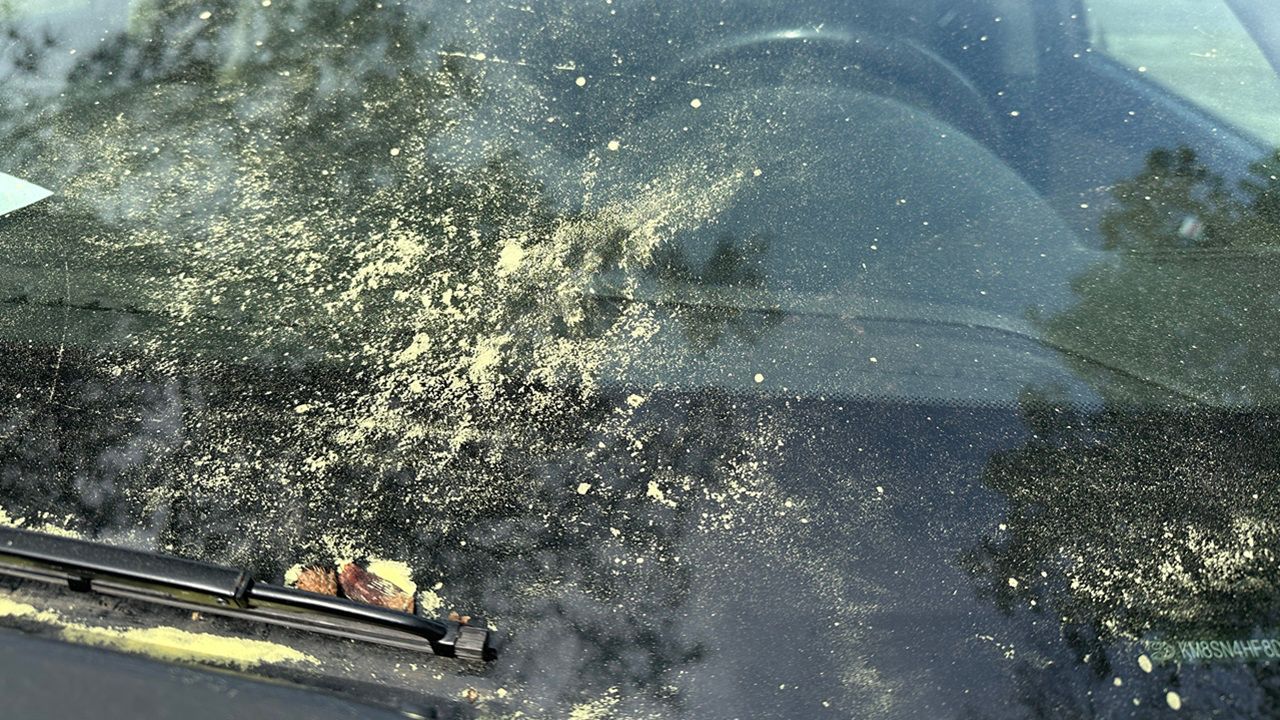ASHEBORO, N.C. — The endangered North American red wolf is getting a push in population. A federal judge ruled the U.S. Fish and Wildlife Service would have to draft a plan to release more wolves into the wild by March 1.
The red wolf is the only apex predator found solely in the United States. Overhunting and habitat loss over centuries has brought the species close to extinction. In the 1980s, the red wolf was re-introduced to North Carolina as a way to rebuild the population. Less than 20 red wolves remain in the wild.
Chris Lasher of the North Carolina Zoo oversees the national species survival program, an effort to save the red wolves. The red wolf population is mostly under human care at various zoos and science centers across the country.
Lasher will work closely with the U.S. Fish and Wildlife Service to pair red wolves and place them in the wild. The North Carolina Zoo has more than 20 wolves under human care, but most of them are tucked away in a breeding area. The program can pair red wolves from other zoos and put them in an acclimation area in the wild to promote breeding. Lasher also says they’re looking for red wolves already in the wild to pair together.
“We need to supplement that population so those guys can find mates and breed in the wild and once they’re producing their own puppies, we don’t have to take them under human care to release,” he says.
According to Lasher, the biggest challenge is finding the right candidates to create a good population. Animals in guest viewing habitats are good candidates because of their familiarity to people.
“They’re used to guests coming up and looking at them. Those would not be great candidates for us to release into the wild,” he says.
In the past, Lasher and the North Carolina Zoo enacted pup fostering to help boost the wild population. They would take two-week-old pups under human care and place them with a mother in a wild den. The mother would take care of them as her own, and they would grow in the wild. This program ended in 2014.
Lasher says restoring the red wolf population is important for our ecosystem.
“They wouldn’t be under a threat of extinction if it wasn’t for human interaction, or human actions that really wiped this animal out," he says. "So I really feel it’s our responsibility to bring this animal back because it creates a healthier ecosystem for all of us to live in, including people."
For more information about the North American red wolf, click here.










